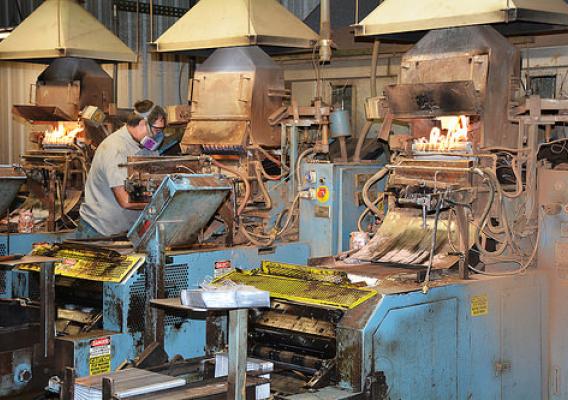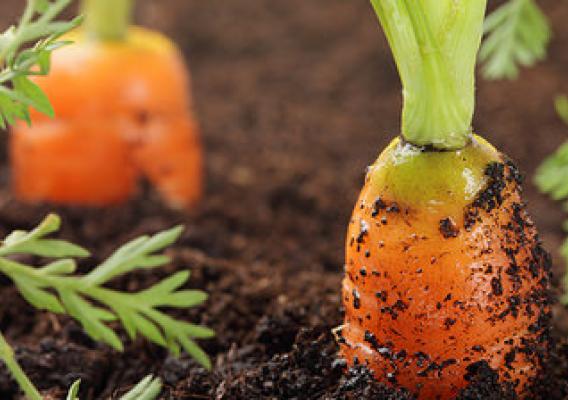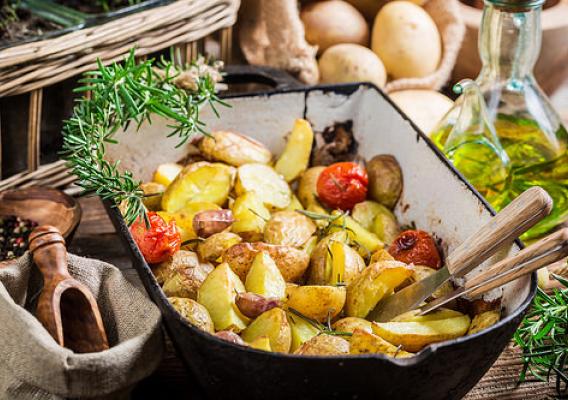The Census of Agriculture is the most complete account of U.S. farms and ranches and the people who operate them. Every Thursday USDA’s National Agricultural Statistics Service will highlight new Census data and the power of the information to shape the future of American agriculture.
When you think of Michigan, you may think of Detroit and the car industry, however our agriculture industry is also critical to our state’s economy. Agriculture’s economic impact on the Michigan economy recently surpassed the $100 billion mark. Traveling through Michigan, you can easily see just how diverse agriculture in our state truly is. In the latest Census of Agriculture, Michigan farmers reported growing many various types of fruits, vegetable and livestock commodities. In fact Michigan produces more than 300 different commodities.
While the Great Lakes provide our crop growers with an abundance of fertile lands and water, it is our dairy farmers that produce our most valuable commodity. According to the Census, in 2012, Michigan dairy farmers sold more than $1.5 billion worth of milk from their cows. And despite the decrease in the number of such farms, the number of dairy cows in Michigan keeps growing. As of 2012, there were more than 376,000 milk cows on 2,409 of our dairy farms.









